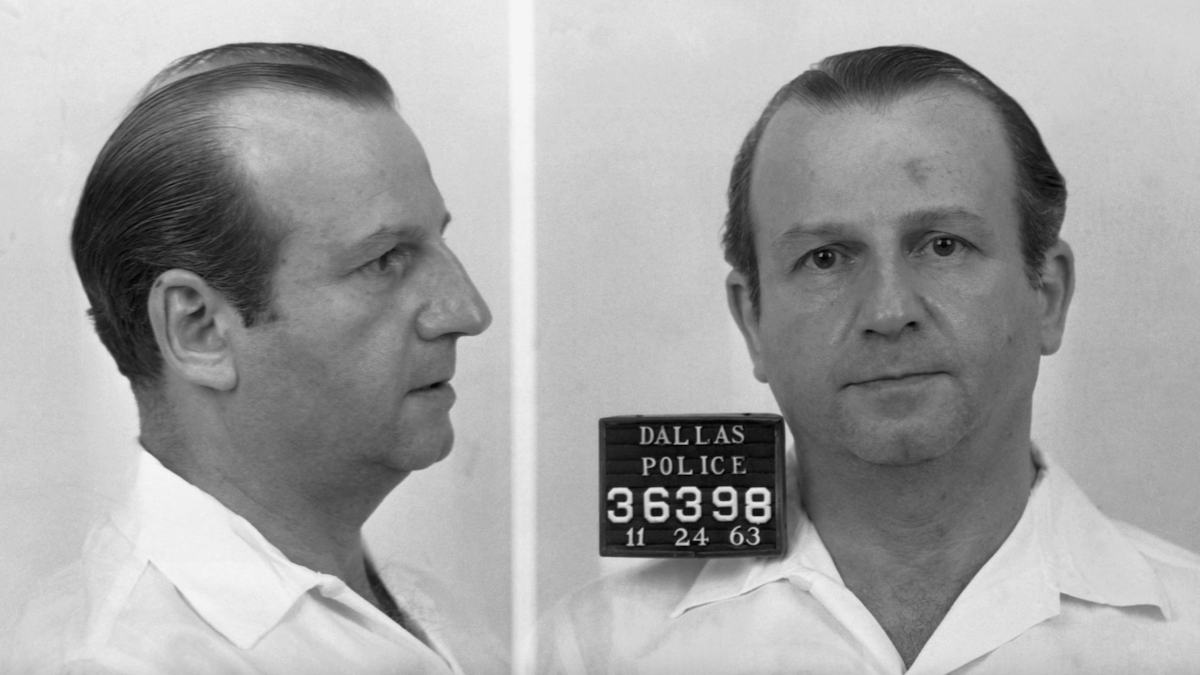Sixty years ago, the entire nation was shaken and shifted in the horrid aftermath of the assassination of President John F. Kennedy. Two days after JFK was shot and killed in his motorcade, Lee Harvey Oswald, the man who shot JFK, was then murdered himself. To this day, the jaw-dropping domino effect is still one of the most discussed incidents in the history of the world, especially in regards to the murder of Oswald — which was committed by nightclub owner Jack Ruby.
With a string of assassinations that are rooted in conspiracy theories, historians and true crime fanatics have long speculated the reason as to why Ruby killed Oswald as he was being transferred to a local county jail. While one theory has pointed towards Ruby simply killing Oswald as an act of revenge for the assassination of JFK, another theory, one in which many folks believe, points towards Ruby being involved in a larger conspiracy to assassinate Kennedy.
In the years following the murder of Oswald, those same historians and true crime supporters who might not know much about Ruby have continued to wonder about his life, and what exactly happened to him following the murder.
So, what happened to Jack Ruby?
Upon the murder of Oswald, Ruby was arrested and taken into questioning, where he insisted that his motive to shoot Oswald was out of revenge for the assassination of President Kennedy. Originally, Ruby was convicted and sentenced to death, although an appeal of the conviction was eventually granted.
After the conviction was appealed, Ruby was thus entitled to a new trial, but the new trial never came to fruition. When Ruby was admitted to a hospital for pneumonia, it was later discovered and revealed that he had cancer in various parts of his body — including his lungs and brain. After the cancer diagnosis and while waiting for a brand-new trial, Ruby died from a pulmonary embolism on Jan. 3, 1967.

